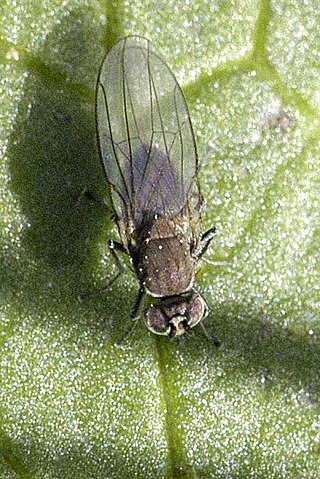
Ephydridae is a family of insects in the order Diptera.
Nostima niveivenosa is a species of shore flies in the family Ephydridae.

Nostima is a genus of shore flies in the family Ephydridae.
Limnellia anna is a species of shore flies in the family Ephydridae.

Ephydrinae is a subfamily of shore flies in the family Ephydridae.

Ilytheinae is a subfamily of shore flies in the family Ephydridae.
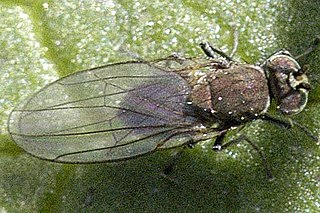
Hydrelliinae is a subfamily of shore flies in the family Ephydridae.
Nostima quinquenotata is a species of shore flies in the family Ephydridae.
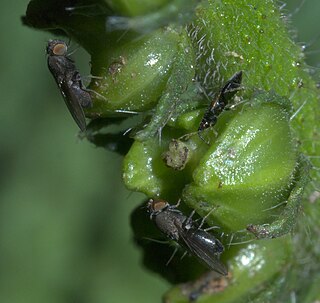
Gymnomyzinae is a subfamily of shore flies in the family Ephydridae.
Setacera pilicornis is a species of shore flies in the family Ephydridae.
Mosillus tibialis is a species of shore flies in the family Ephydridae.
Cirrula is a genus of North American shore flies in the family Ephydridae.

Brachydeutera is a genus of shore flies in the family Ephydridae. There are about 16 described species in the genus Brachydeutera.
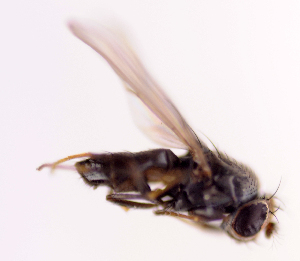
Discocerina is a genus of shore flies in the family Ephydridae.
Mosillus bidentatus is a species of shore flies in the family Ephydridae.
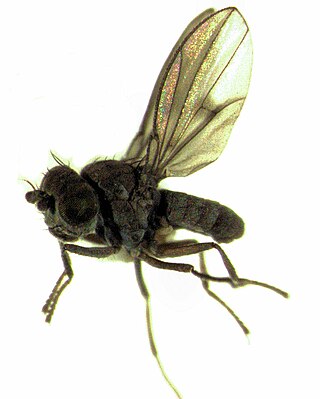
Atissa is a genus of shore flies in the family Ephydridae.
Discomyzinae is a subfamily of shore flies in the family Ephydridae.

Setacera breviventris is a species of shore flies in the family Ephydridae.

Helaeomyia is a genus of shore flies.









